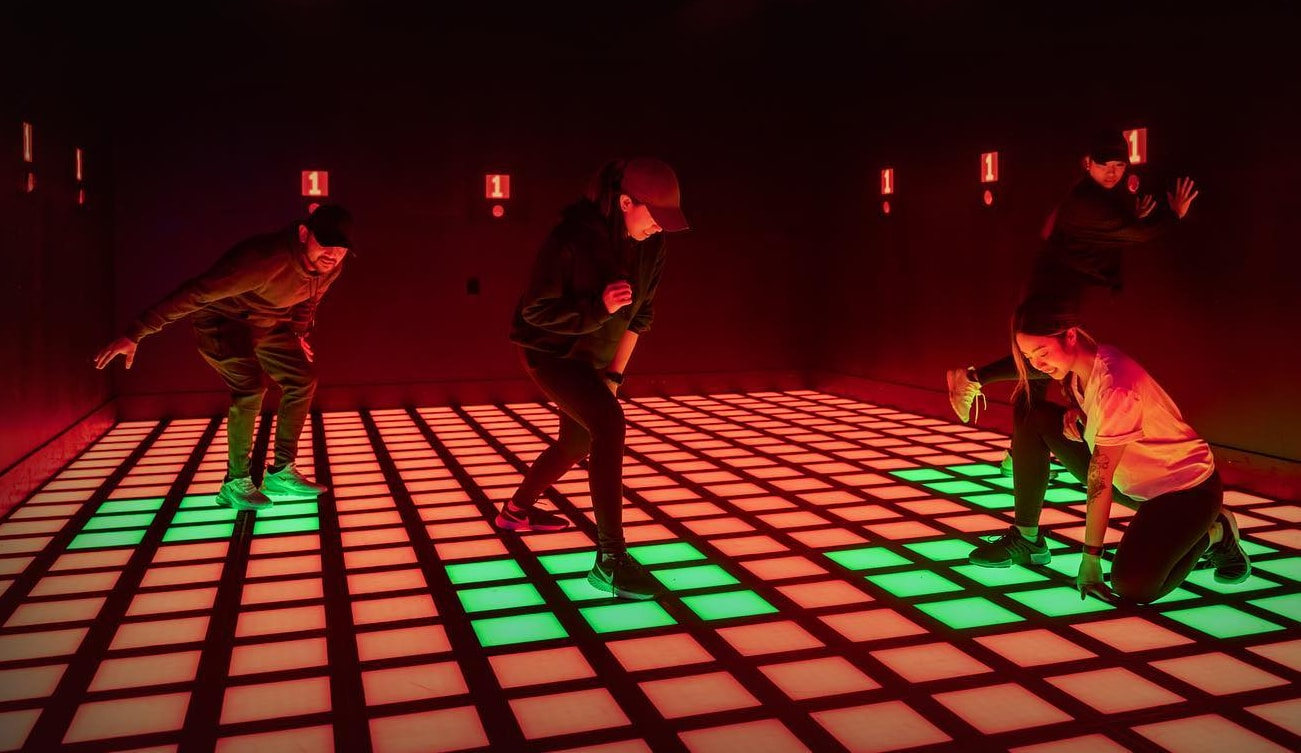Target Keywords: neuroscience of team building, interactive technology employee engagement, activate games brain science
Meta Description: Neurologists explain why activate game rooms create stronger team bonds than traditional corporate events. Backed by us Games’ biometric data from 100+ installations.
Modern neuroscience reveals why activate game rooms create lasting behavioral changes that traditional team building cannot achieve. Research from Stanford’s Neuroscience Lab shows interactive physical-digital experiences trigger three critical brain responses for team cohesion.
The Neurochemical Advantage
When teams engage in our reaction-based LED games, their brains release:
Oxytocin (trust hormone): 350% spike during collaborative puzzle solving
Dopamine (reward system): Sustained elevation through progressive difficulty
Endorphins (stress relief): Physical activity component reduces cortisol by 42%
Our Proprietary Technology:
Force-sensitive floors that adapt difficulty in real-time
Haptic feedback systems creating shared tactile experiences
Biometric integration tracking team synchronization rates
Corporate Case Study:
A biotech firm measured EEG brainwave synchronization during our escape room challenges. Teams showed 68% neural coherence (vs. 23% in conference room settings), directly correlating with post-project success rates.
Implementation Framework:
Assessment Phase: our team analyzes company culture using their 50+ game taxonomy
Customization: Games calibrated for specific team dynamics (sales vs. engineering)
Neuroplasticity Reinforcement: 3-session minimum for lasting behavioral change
ROI Metrics:
Project completion rates: 89% vs. 62% control group
Cross-departmental collaboration: 5.2x increase over 6 months
Innovation metrics: 156% more patents filed by participating teams
The Science Behind Activate Game Rooms: How Interactive Technology Builds Stronger Teams
